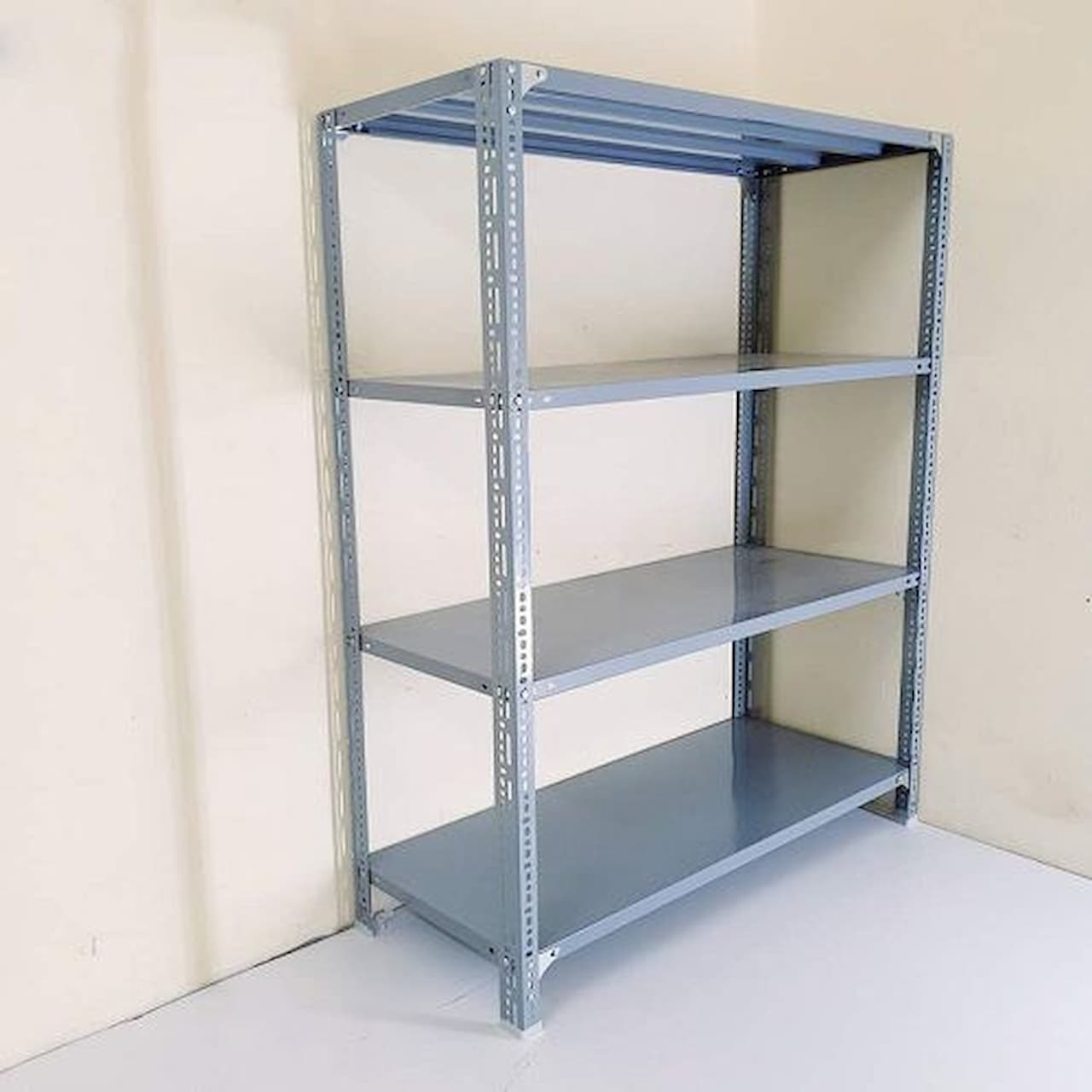Pallet racking is any material handling storage system that stores materials on pallets in horizontal rows on multiple levels. Pallet racks require the usage of a forklift truck to load and unload pallets on the racks. All pallet racking, regardless of the style, will heighten the storage density of your respective warehouse, retail centers, and any other storage facility.

There are lots of factors to consider in choosing which type of racking fits your needs:
• Storage density required/desired
• Building space, both floor area and height
• Placement of obstructions like doors, support beams, columns, etc.
• Inventory size
• Inventory accessibility
• Cost
Selective pallet rack will be the least dense as well as the lowest priced, and provides for direct access to each product each and every shelf height. These come in two main styles, roll formed and structural. Roll formed racking is typically lighter and has horizontal load beams which can be locked in to put by clips, and so are typically adjustable by 50 % inch increments. This will make adjusting the rack heights a breeze, but roll formed pallet racks cannot hold as much weight as other designs, as they are less resistance against impact by forklifts.
Structural selective racking is a bit more durable for the reason that horizontal beams are affixed to the upright beams with bolts. Both varieties of selective racks are adjustable and enable for personalisation, but roll formed is less durable plus more vulnerable to damage. Structural pallet rack can also be a area of the building's structure, replacing the building's I-beams, making a rack supported building.
Other sorts of pallet rack include drive-in/drive-through, push-back, and pallet flow rack. These kinds accommodate more dense storage, but you cannot access virtually any inventory item at any moment. It will take a tad bit more planning and organization to correctly employ this kind of racking, but when performed correcly is incredibly efficient.
Drive in/through racks allow for lift equipment to operate a vehicle straight into the rack's rows. Drive-thru is open each and every entry point enabling a forklift drive an automobile completely through the rack, whereas drive was only open on one side. Drive in takes a LIFO type of inventory (last in, first out), and thus the first pallet to become kept in a row could be the 4g iphone out, and also the last one being stored could be the first out. Drive through used either the LIFO or FIFO way of storing, because pallets could be accessed from either sides.
Drive-in/drive-through rack is certainly a dense approach to storage, since it does not require aisles between each rack system. This style could be damaged somewhat easily because forklifts traverse the rows with hardly any clearance on either sides.
Push-back pallet rack uses depth for further storage capacity as it can typically store between four and 6 pallets deep, and pallets are stored on wheeled carts that sit down on the surface of rails.
These rails are angled slightly toward leading in the racking, causing pallets to roll forward because of gravity. When a forklift loads a whole new pallet in a row with pallets already inside it, it pushes the prevailing pallets back. Every time a forklift has a pallet out, the many other pallets slide forward on the front. Video great labor saver but can be more costly than selective and structural rack, in order that it is determined by how dense you need your storage space to be.
Pallet flow rack is very comparable to test their boundaries rack in that it will require benefit from depth and gravity for further storage density. Pallet are positioned on roller wheels at the slight incline in order that pallets move to leading in the rack automatically. Scalping systems may have braking systems that control the speed in the moving pallets with regard to added safety. Determined by your setup, pallet flow rack can be loaded in the back and picked right in front (FIFO), or loaded and picked right in front (LIFO).
More details about Ke chua hang you can check this webpage
